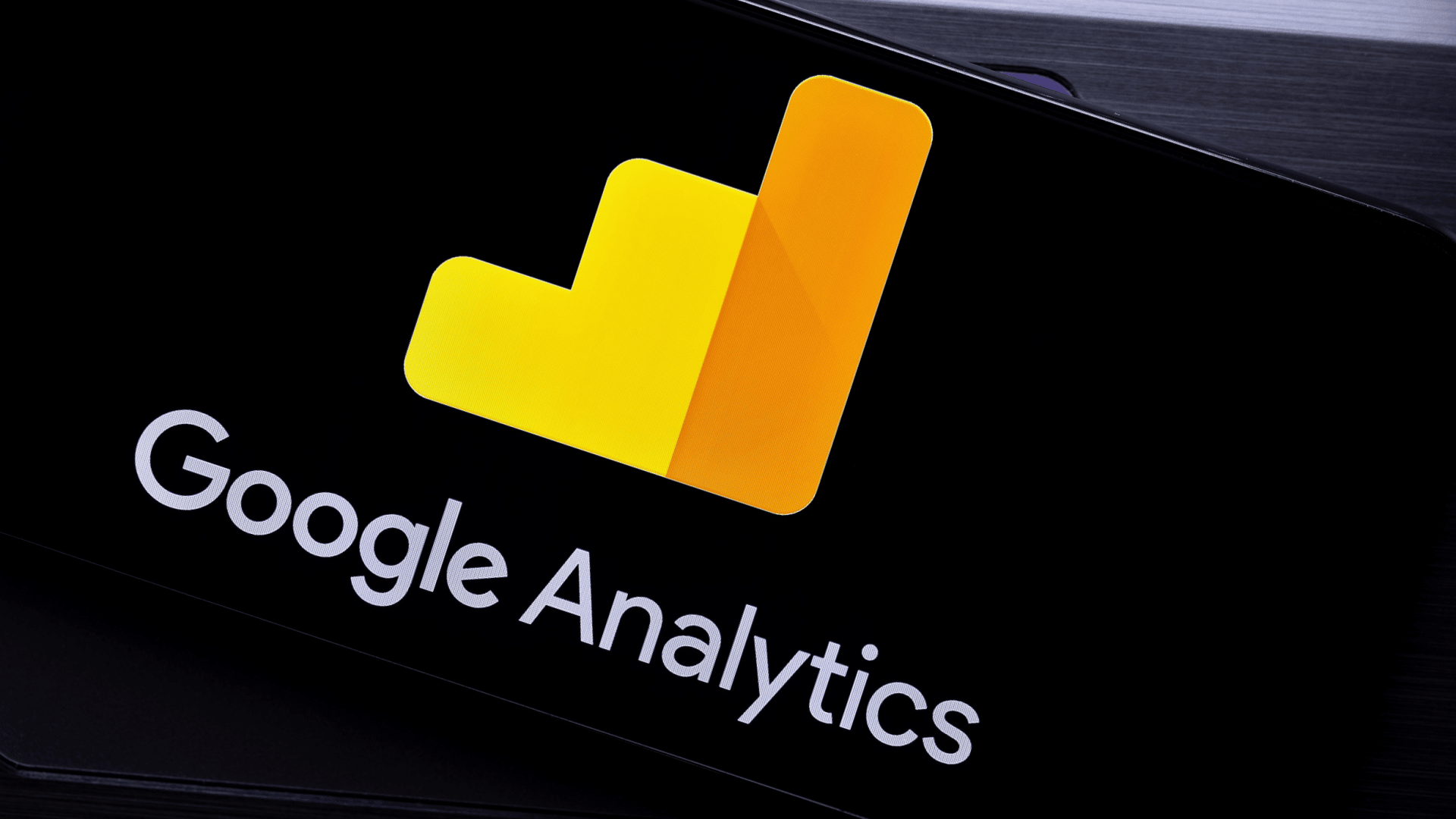What is a "Dimension" in Google Analytics? Everything You Need to Know for Effective Use
Enhance Your Advertising Technique With Advanced Google Analytics Dimensions Techniques
In today's affordable digital landscape, harnessing the power of innovative Google Analytics dimensions techniques is vital for companies looking to improve their advertising techniques. Stay tuned to find just how these methods can transform your marketing strategy and drive tangible outcomes in an ever-evolving digital environment.
Comprehending Customer Behavior Insights
Recognizing Individual Behavior Insights is a crucial element of any advertising and marketing technique. By making use of tools like Google Analytics, organizations can acquire useful understandings into how individuals connect with their site. These insights can aid marketing professionals make data-driven choices to optimize their campaigns and boost the customer experience.
Evaluating individual actions can disclose important metrics such as bounce rate, session duration, and web pages per session. Jump price, as an example, suggests the percent of visitors who leave a web site after viewing only one page (what is a “dimension” in google analytics?). Recognizing this metric can aid marketers determine prospective problems with touchdown web pages or web content that might be driving site visitors away
Furthermore, tracking user habits can likewise supply understandings into the effectiveness of marketing campaigns. By keeping an eye on metrics such as conversion rates and goal completions, companies can evaluate the impact of their marketing efforts and make changes as required.
Tracking Conversion Courses
Evaluating conversion paths is a fundamental facet of a thorough advertising and marketing method. By tracking the sequence of interactions customers have with your web site before completing a wanted objective, you can acquire valuable understandings right into the efficiency of your marketing initiatives. Google Analytics supplies vital tools to check conversion courses, allowing you to recognize which networks and touchpoints contribute most to conversions.
Through conversion course monitoring, you can identify one of the most typical paths individuals take before transforming, assisting you optimize these pathways for much better results. By assessing the various steps individuals take, you can determine prospective traffic jams or areas for enhancement in your marketing funnel.
In addition, tracking conversion paths enables you to connect conversions accurately to particular advertising and marketing channels, campaigns, or web content (what is a “dimension” in google analytics?). This information is vital for allocating resources properly and taking full advantage of the ROI of your advertising and marketing initiatives
Using Custom-made Capacities Effectively
When aiming to improve the deepness of understandings gained from Google Analytics, companies can take advantage of the power of personalized measurements effectively. Customized dimensions enable services to accumulate and assess data specific to their distinct requirements and goals. By specifying custom-made measurements, organizations can track and gauge data that is not captured by default in Google Analytics, such as user characteristics, interactions, or product details.
To utilize customized dimensions efficiently, companies ought to first determine the essential metrics and dimensions that line up with their marketing goals. As an example, an e-commerce site may produce custom-made dimensions to track the size or color of products viewed by customers. By including these custom-made dimensions into their analytics monitoring, services can get a much deeper understanding of individual behavior and choices.
In addition, custom-made dimensions can be used to segment information efficiently, offering more targeted understandings for advertising and marketing projects and techniques. By combining customized dimensions with other Google Analytics includes, organizations can optimize their advertising and marketing initiatives and drive better outcomes based upon a much more extensive evaluation of individual actions.

Advanced Segmentation Strategies
Building upon the structure of using personalized dimensions effectively in Google Analytics, services can even more boost their data evaluation capabilities with advanced segmentation strategies. By segmenting data, services can gain much deeper understandings into the actions of specific groups of customers or customers. Advanced segmentation permits the creation of even more facility and particular target market groupings based on different standards such as demographics, behavior, or web traffic resources.
One effective segmentation method is associate analysis, which involves organizing users based upon shared attributes or actions over a particular period. This can aid companies understand patterns and patterns among various customer sectors. Another effective method is RFM division, which classifies customers based upon their recency, regularity, and financial value of their interactions with the site or app.

Enhancing Acknowledgment Modeling
Enhancing Acknowledgment Modeling includes fine-tuning the method companies attribute conversions and assign learn the facts here now credit history to different touchpoints along the customer journey. By implementing innovative acknowledgment designs in Google Analytics, companies can acquire deeper understandings right into the efficiency of their marketing channels and projects. These designs exceed the traditional last-click acknowledgment and think about the effect of all touchpoints that contribute to a conversion.
One preferred acknowledgment model is the moment Degeneration model, which offers a lot more credit score to touchpoints closer to the conversion event. This helps organizations comprehend the influence of mid-funnel and early touchpoints in driving conversions. Another design is the Position-Based version, which designates credit history based on the setting of a touchpoint within the customer trip, giving even more weight to the last and initial interactions.
Enhancing Acknowledgment Modeling allows businesses to make even more informed choices about their advertising budget allowance and strategy. By properly attributing conversions to the ideal touchpoints, businesses can enhance their marketing initiatives for far better roi and outcomes.
Verdict
Finally, leveraging innovative Google Analytics dimensions methods provides companies with beneficial insights into customer actions, conversion paths, and division strategies. By using personalized dimensions efficiently and applying advanced segmentation methods like cohort analysis and RFM division, businesses can optimize their advertising methods for boosted conversion prices and more effective campaigns. Enhancing acknowledgment modeling additionally boosts the understanding of user interactions, ultimately resulting in better-informed decision-making and targeted advertising initiatives.
In today's affordable electronic landscape, using the power of innovative Google Analytics measurements strategies is paramount for companies looking to fine-tune their advertising methods.Comprehending Individual Actions Insights is a crucial element of any type of advertising and marketing approach. By tracking the series of interactions users have with your site before completing a desired goal, you can site web gain valuable understandings into the effectiveness of your advertising and marketing initiatives (what is a “dimension” in google analytics?). By making use of additional info custom-made measurements successfully and executing advanced segmentation strategies like friend evaluation and RFM segmentation, businesses can maximize their advertising and marketing approaches for enhanced conversion rates and even more efficient campaigns. Enhancing attribution modeling better improves the understanding of user communications, inevitably leading to better-informed decision-making and targeted advertising efforts